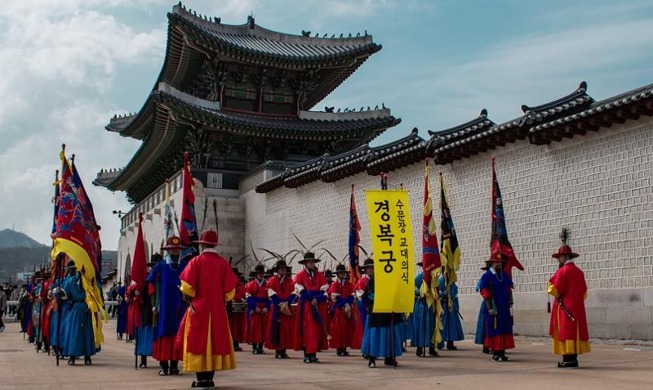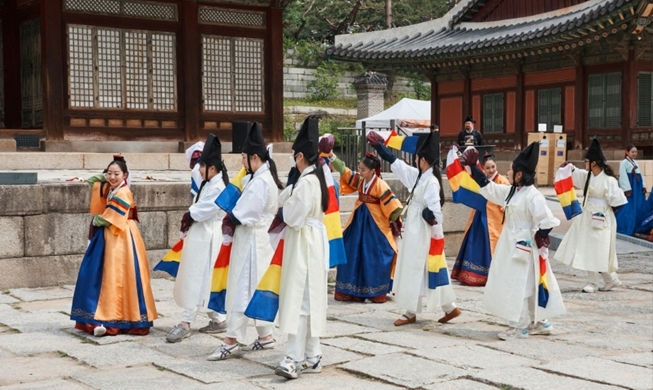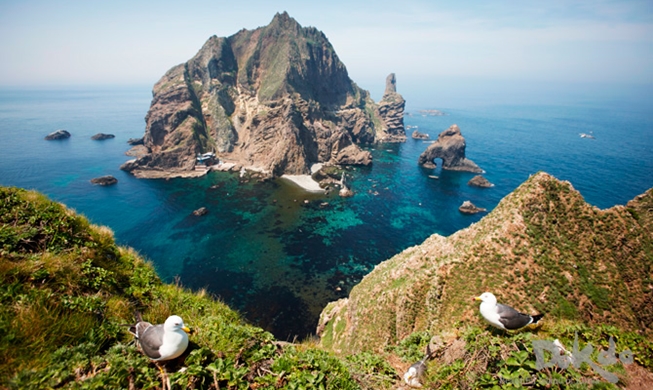-
 Korea.net's 24-hour YouTube channel
Korea.net's 24-hour YouTube channel- NEWS FOCUS
- ABOUT KOREA
- EVENTS
- RESOURCES
- GOVERNMENT
- ABOUT US
- 한국어
- English
- 日本語
- 中文
- العربية
- Español
- Français
- Deutsch
- Pусский
- Tiếng Việt
- Indonesian
|
Monthly KOREA’s March 2020 issue.▶Link to Webzine |
4 Hanbok Hotspots
Many visitors to Korea are fans of Hanbok thanks to seeing the traditional attire in numerous Korean films and TV dramas. Merely wearing the clothing that sports exquisite colors and designs is not enough; walking in areas where Korean royalty once roamed are a must for those donning the costumes. Here are four places ideal for that purpose.
Written by Kim Samuel
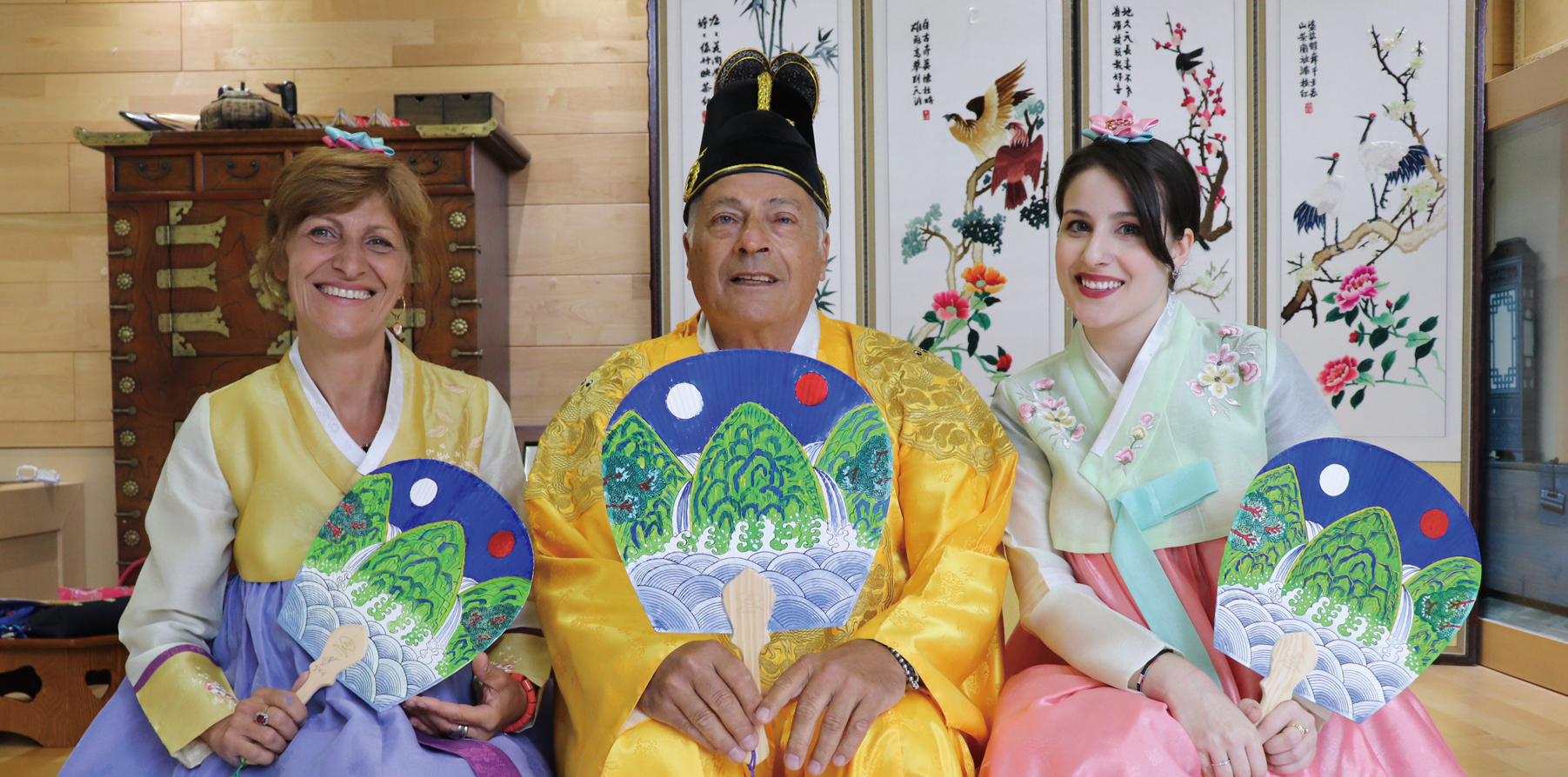
Seoul Global Cultural Center
Located in the bustling downtown district of Myeong-dong, the Seoul Global Cultural Center has extensive information on tourism in Seoul with consultation available in English, Japanese and Chinese. Among the center’s event offerings, the Traditional Costume Experience is especially popular among tourists, who dress up in Hanbok and ornaments to pose for snapshots. The activity is free for visitors who sign up for admission between 10 a.m. and 5 p.m.
|
5F, M-Plaza, Myeong-dong 8-gil 27, Jung-gu District, Seoul |
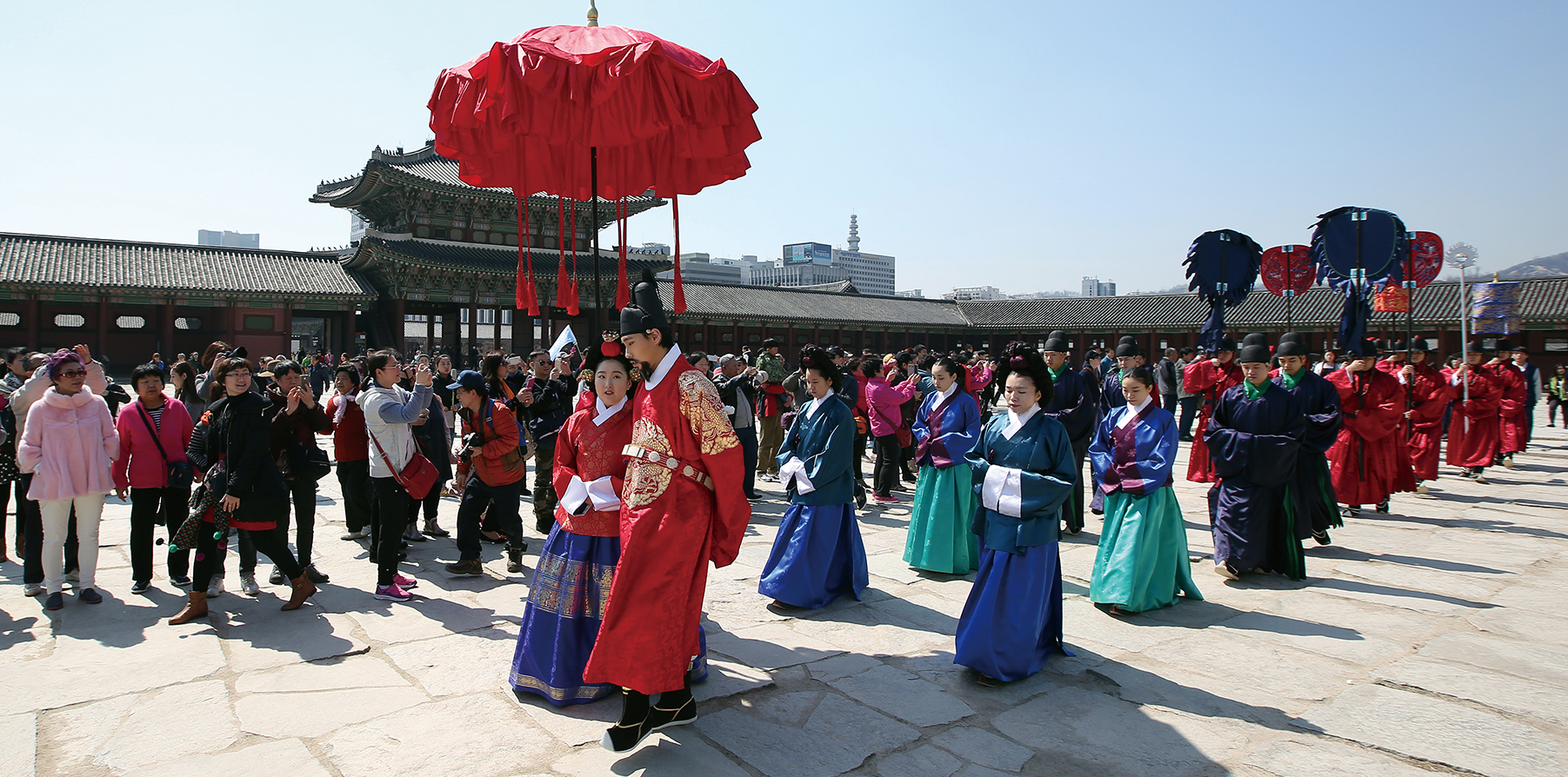
© Jeon Han, Korea.net
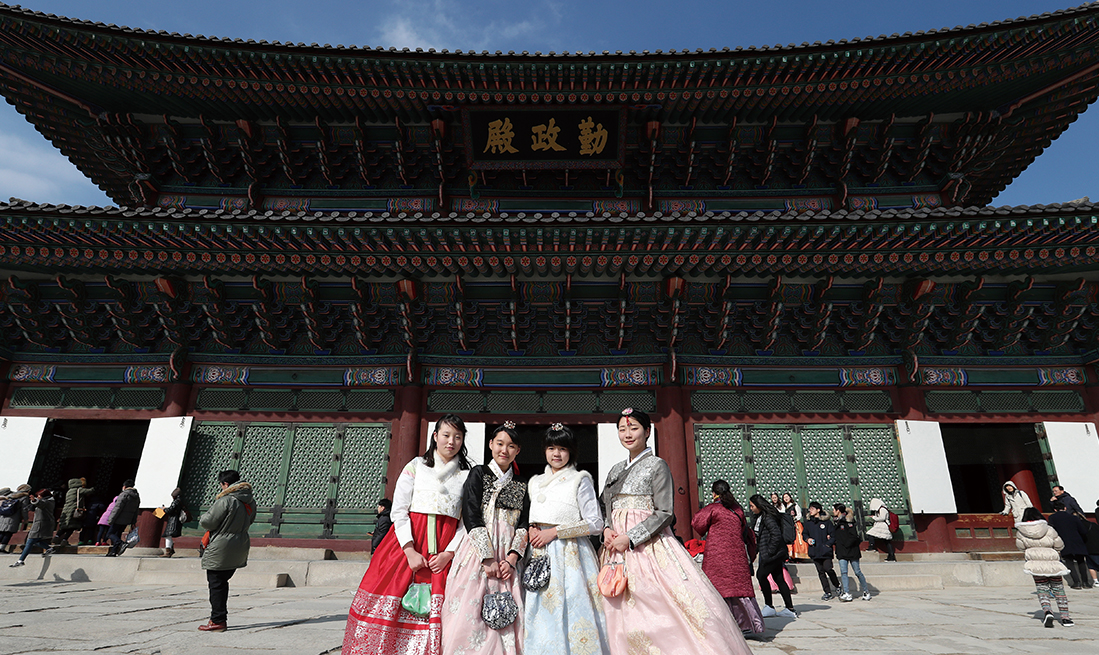
© Jeon Han, Korea.net
Gyeongbokgung Palace
Among the five palaces built during the Joseon Dynasty (1392-1910), Gyeongbokgung is the largest in size and the first to be established. In Joseon’s early years, the palace was the hub of the dynasty. Entrance to all five palaces is free for anyone wearing Hanbok, and visitors wearing the traditional attire create marvelous scenes.
Geunjeongjeon Hall is a prime photogenic spot due to its spatial dynamics. Gyeonghoeru Pavilion, where foreign envoys were greeted or banquets were held, also boasts beautiful views year-round. Hyangwonjeong Pavilion, where the emperor is known to have rested or seen artistic performances, has a dainty charm. The circular island on a square-shaped pond and a second-floored gazebo atop it offers the best spot to savor the luxurious setting in Hanbok.
|
Sajik-ro 161, Jongno-gu District, Seoul |
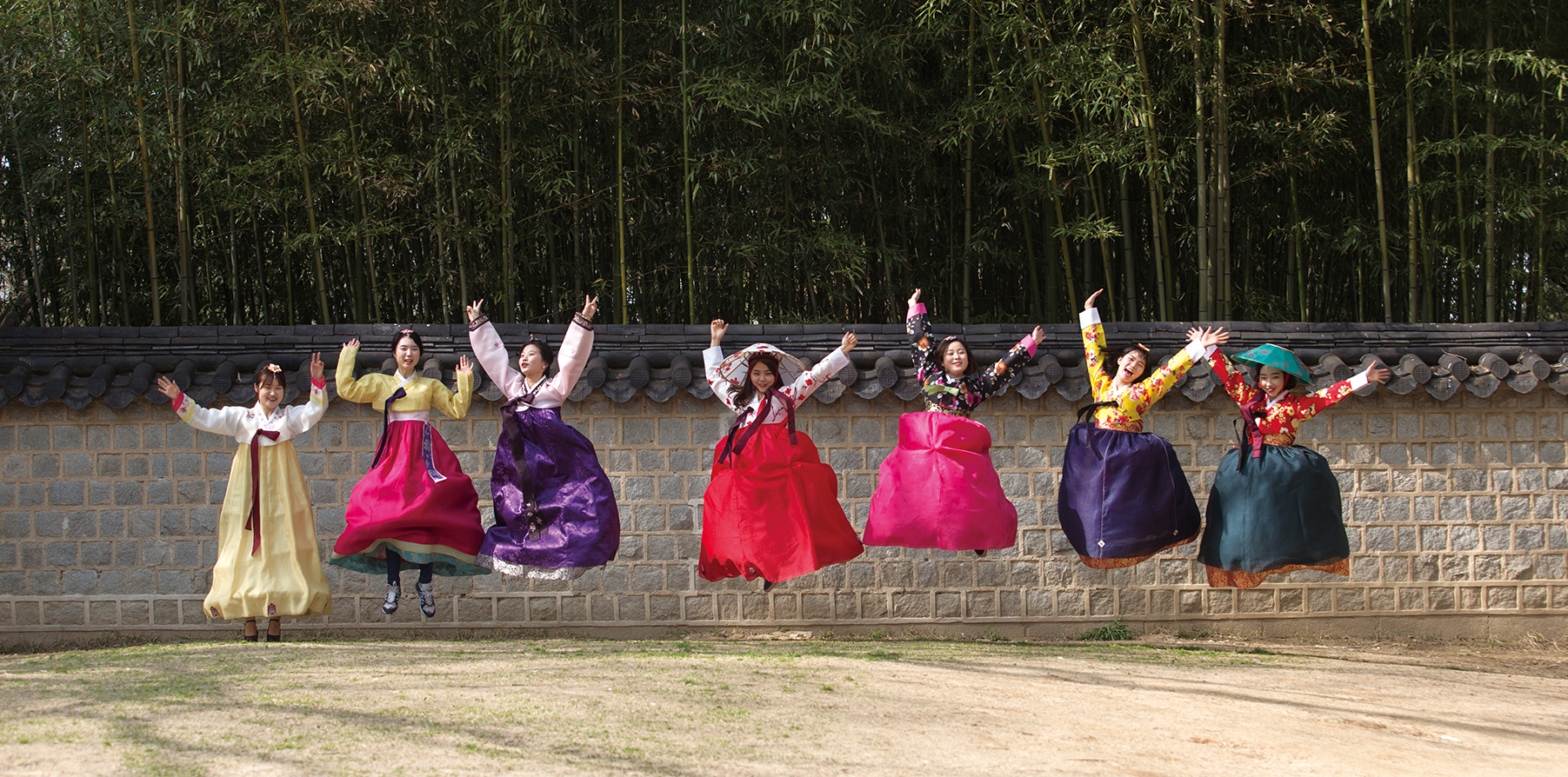
© Jeonju City
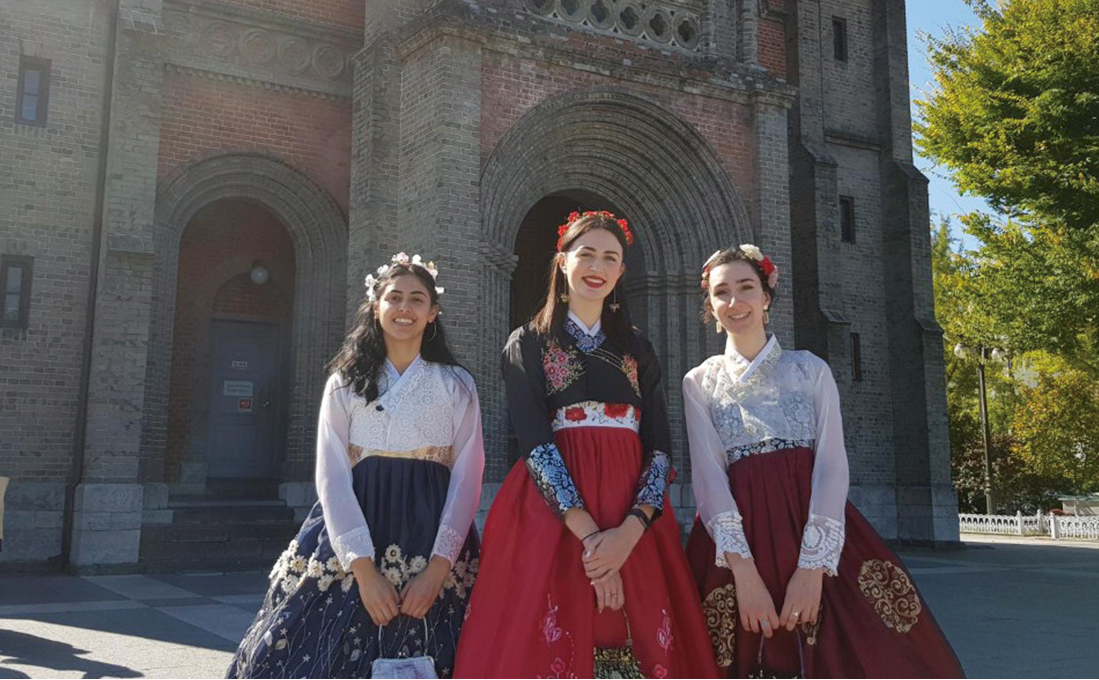
© Jeonju City
Jeonju Hanok Village
Boasting over 10 million visitors every year, Jeonju Hanok Village is a can’t-miss tourist destination. In defiance to Japan’s growing imperialistic domination, Korea’s gentry and laypeople designed and produced more modern and revamped Hanok. As an area rich in culture and wealth, prestigious educational institutions joined forces once Korea was liberated from Japanese rule in 1945. In 1977, the village was designated a Hanok preservation area.
Today, the village also hosts annual Hanbok festivals. For example, a Hanbok-themed celebration was held on Halloween last year. Gyeonggijeon and Jeondong Catholic Church, set against the backdrop of exotic Hanok scenery, are exceptionally prime spots to visit for those dressed in Hanbok. Every fourth Saturday of the month is “Hanbok Day,” when those wearing Hanbok can get into Gyeonggijeon for half price. Hanbok rentals are also available, and three hours are sufficient for a stroll around scintillating scenery. More admission discounts are available online.
|
Eojin-gil 29, Wansan-gu District, Jeonju-si, Jeollabuk-do Province |
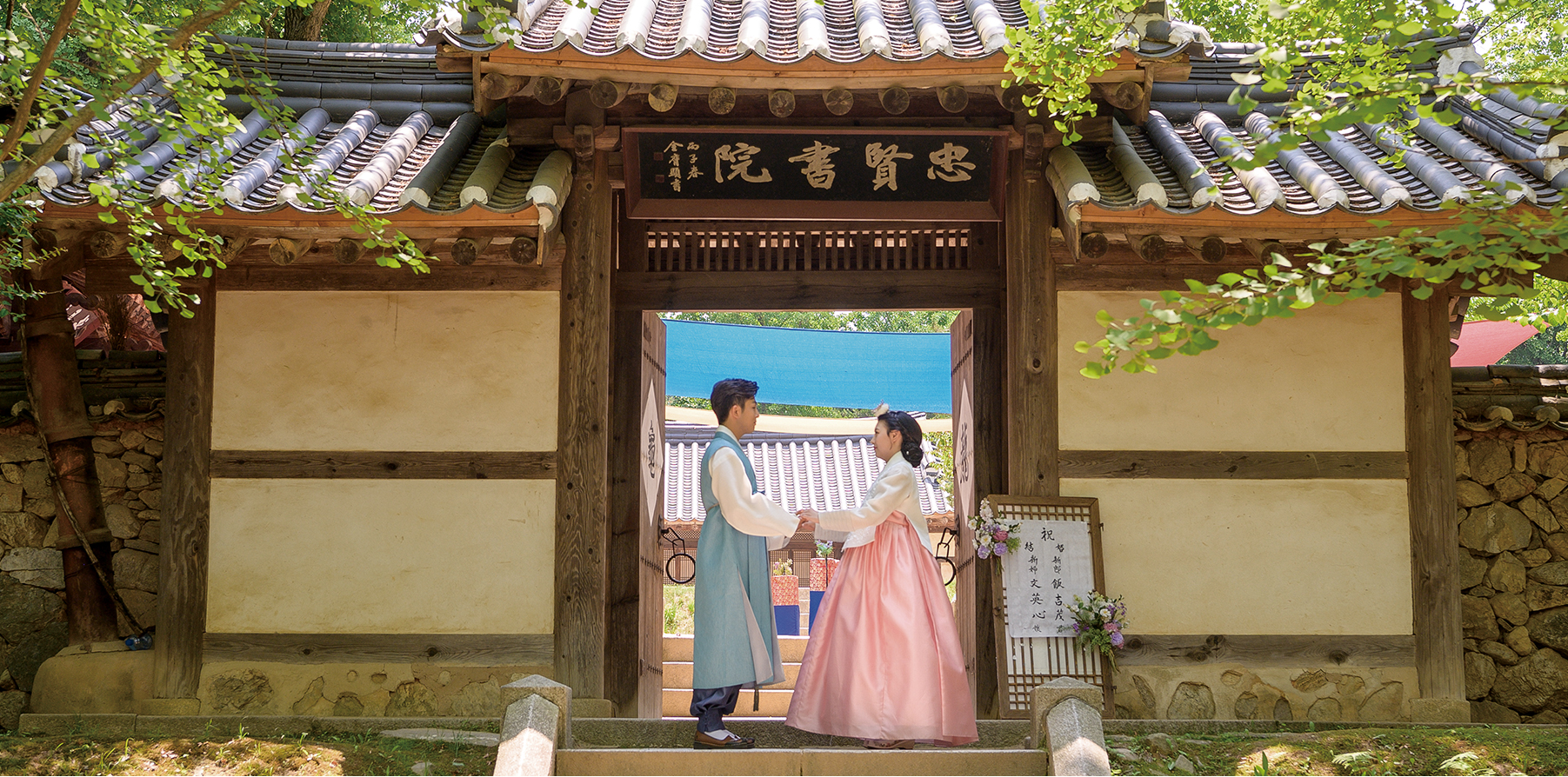
© Korean Folk Village
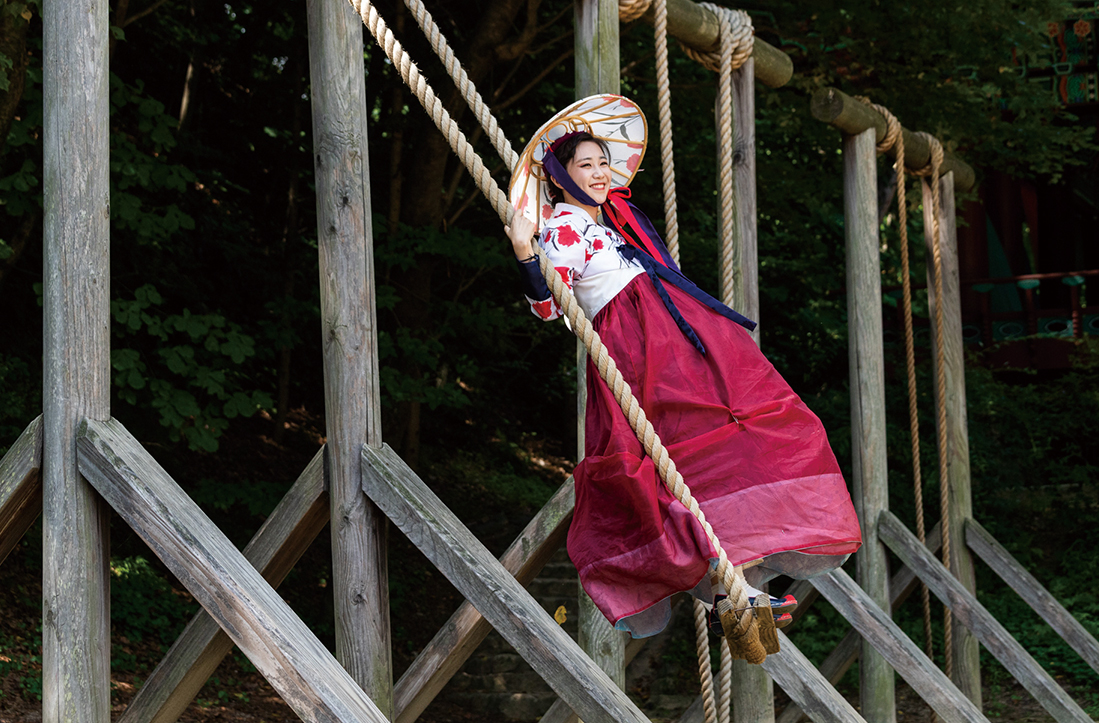
© Korean Folk Village
Korean Folk Village
Occupying a cozily situated basin amid greenery and unsullied streams is the Korean Folk Village, where 500 years of the Joseon era remain kempt. Visitors dressed in Hanbok get a discount on admission. Onsite staff actors play various roles from beggars to magistrates to heighten the realism of the village.
Reenacted on around 245 acres are sites featuring ancient lifestyles, district offices, farms, and thatched or tile-roofed homes. About 270 structures have the characteristics of each of the eight Korean provinces including the islands of Jeju and Ulleungdo. Reconstructed smithies, bronze workshops, home schooling or herbal medicine rooms, and a gentry house encompassing 99 rooms offer experiential activities. Taste regional delicacies at the village market and check out ceremonies on the UNESCO Intangible Heritage list such as traditional farmer performances or traditional marriages. The village last year attracted an estimated 1.8 million visitors.
|
#90 Minsokchon-ro, Giheung-gu, Yongin-si, Gyeonggi-do |




